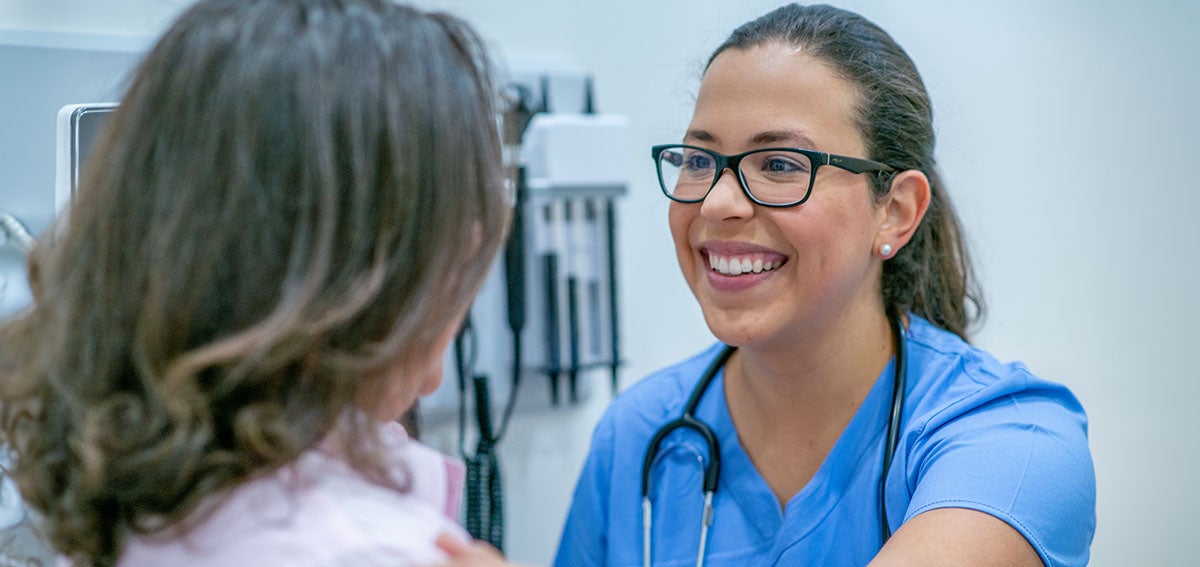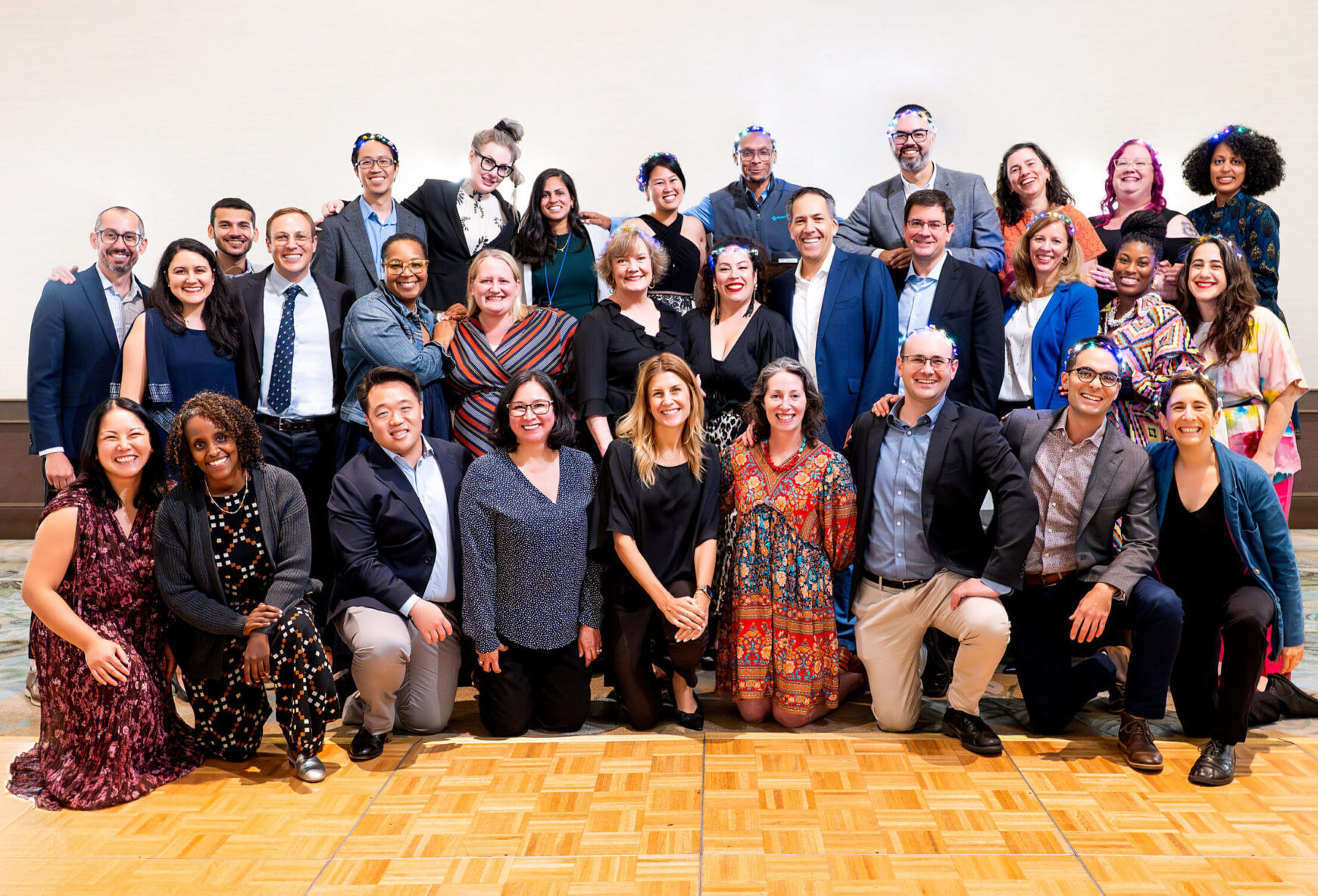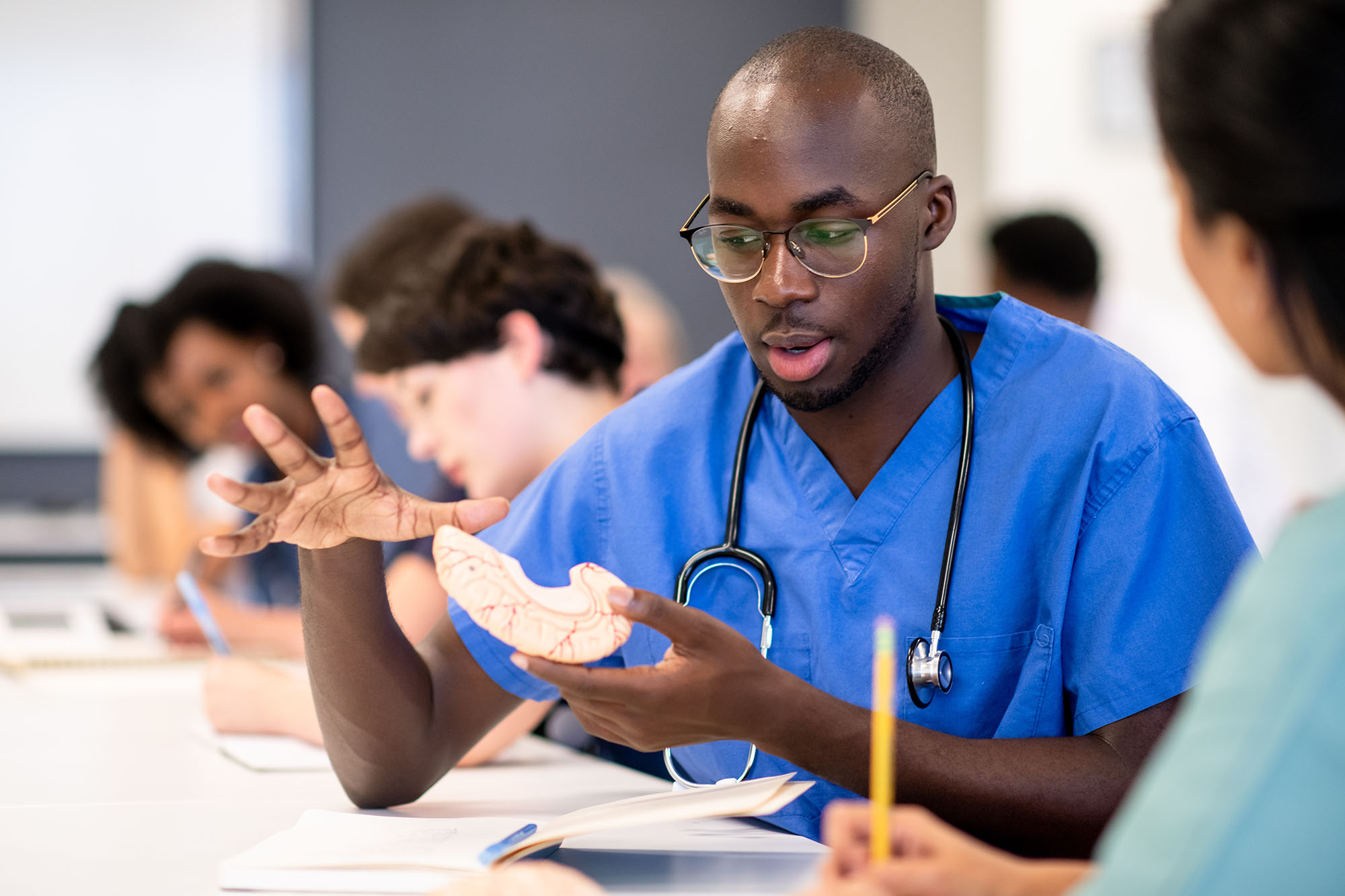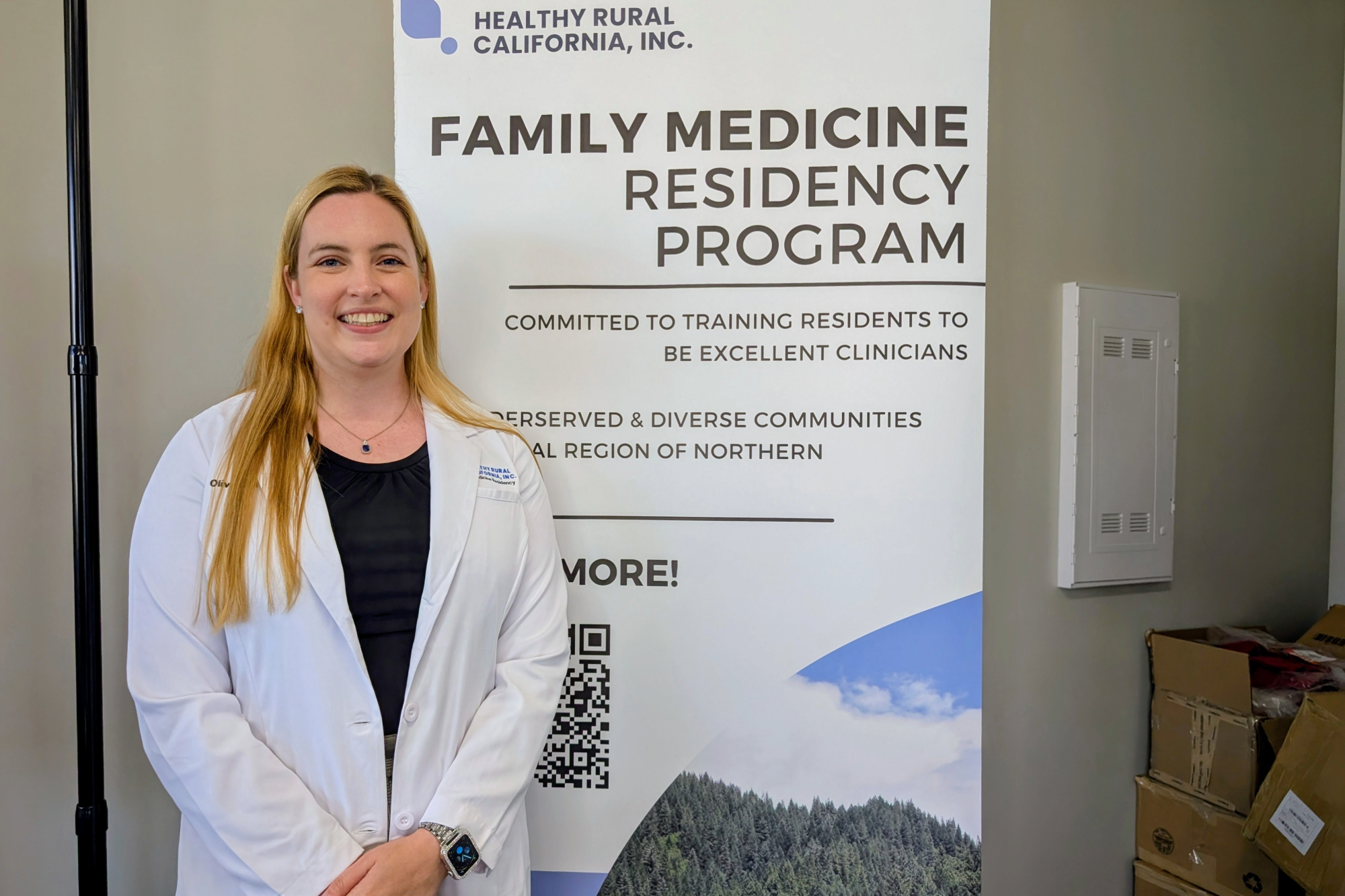|
Getting your Trinity Audio player ready…
|

Unlike most high school students, Sierra Stevens learned how to take vital signs and worked in a local hospital for a class at Calaveras High School, which is in the rural foothills of California’s Sierra Nevada. The high school, concerned about the rural health workforce shortage, offered a medical science course that gave her an opportunity to shadow nurses on a medical-surgical unit four days a week during school hours. When a patient coded in the emergency department, she performed cardiopulmonary resuscitation (CPR) — an experience that sparked her interest in pursuing emergency nursing. Now 22, Stevens is enrolled in nursing school and working as a patient access representative who helps check people into the emergency department at Sutter Amador Hospital in nearby Jackson.
Stevens, who grew up in Valley Springs (population 972), plans to stay in her hometown to work as a nurse. “I like small-town life, and I want to raise a family here,” she said. “I also want to work locally as a nurse because our community struggles to keep health care providers because larger cities pay more money.”
Stevens’s journey into nursing in her rural community is a success story for a teacher and two retirees who partnered to expand a career pathway program that allows students to prepare for and find jobs in health care after graduation. With the help of Paul De Baldo, a former marketing executive, and Rick Damelio, a former Bay Area school superintendent, a teacher at Calaveras High School was able to hire an additional instructor, offer medical science courses to younger students, and purchase hands-on learning equipment.
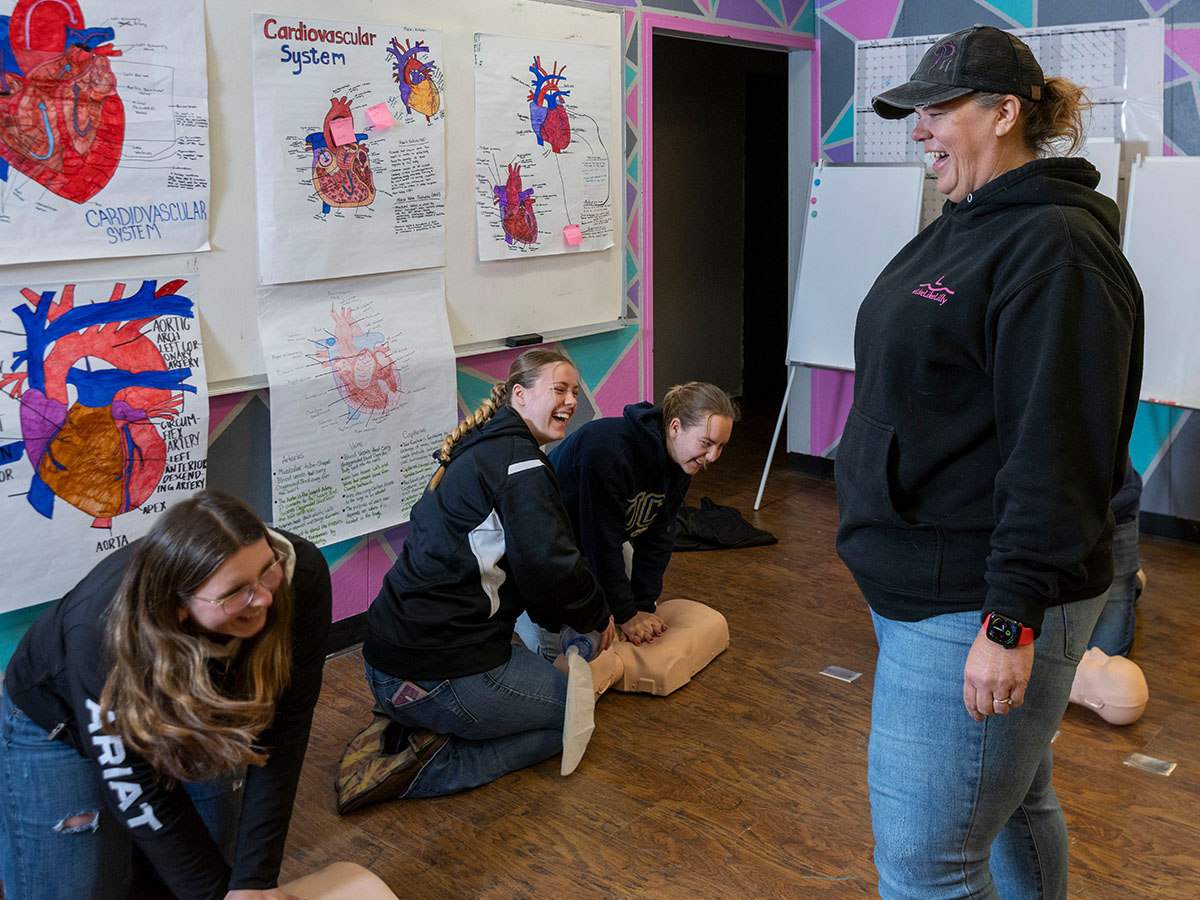
“A lot of these kids have to go to work after high school, but they don’t know what they want to do,” said Suzanne Butler, the teacher leading the health career pathway program at Calaveras High. “They get exposed to 300 types of jobs in health care in this program, and now they have a direction to go.”
The program at her school builds the case for California’s plans to strengthen pathways to living-wage jobs that don’t require four-year college degrees. In December, Governor Gavin Newsom released a framework through the Master Plan for Career Education that aims to build skill-based pathways and expand work-based learning — two strengths of the successful CTE (Career Technical Education) program at Calaveras High School.
“CTE is the biggest innovation to high school education that I have seen in my career,” said Damelio. “This model takes technical education and merges it with coursework, so students basically have two promising options after graduation: They can go to college or enter the world of work right away.”
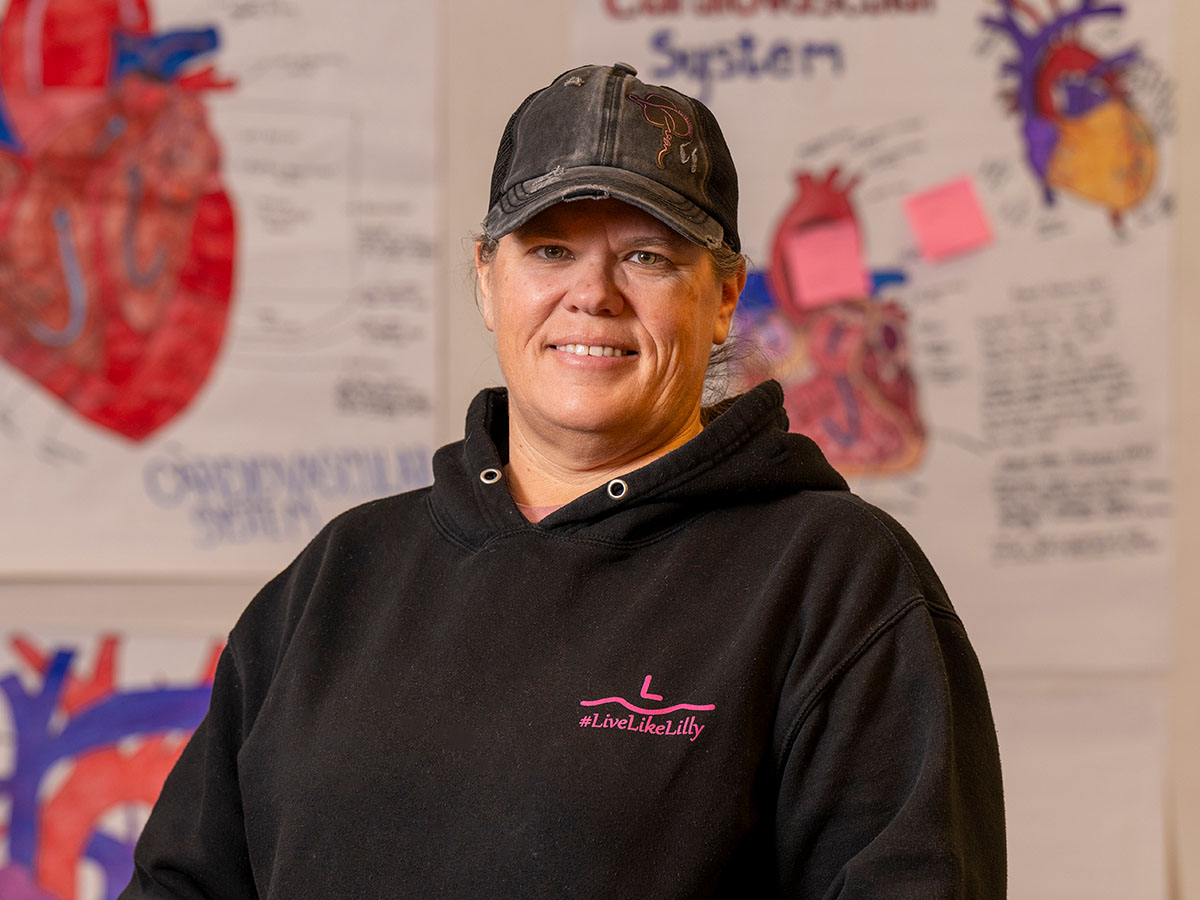
Tackling the Rural Health Workforce Shortage
De Baldo and Damelio, who are neighbors in the rural town of Copperopolis, focused their efforts on CTE in health care because they were concerned about the shortage of health providers in their community and other rural parts of California. About 11.4 million Californians — one-quarter of the state population — live in federally designated Primary Care Health Professional Shortage Areas. In Calaveras County, there are 11 active primary care physicians per 100,000 people, which ranks in the lowest quartile of counties in California for physician adequacy, according to data soon to be published by CHCF. (Editor’s note: “Active primary care physicians” are those providing at least 20 hours of patient care each week.)
In 2019, the two men created a nonprofit called Health Science Career Pathway Advocates, with the goal of increasing the health care workforce in the state’s Gold Country region, also known as the Mother Lode. They began meeting with school superintendents to explore the possibility of increasing CTE for health careers in local schools. A superintendent introduced them to Butler, who was eager to expand the CTE program at her school.
To fund the expansion, the retirees secured support from philanthropic organizations and a hospital. With the funding, Butler purchased curriculum from Paxton/Patterson Labs that included equipment and tutorials to give students hands-on experience related to careers in nursing, phlebotomy, diagnostic imaging, and other fields. The school also purchased an ambulance simulator and an Anatomage Table, a digitized human cadaver that allows students to learn anatomy in 3D.
Partnerships and Internships
As more students started enrolling in the pathway program, Butler hired an additional teacher and began offering classes as early as freshman year. More than 170 students are enrolled in the health career pathway program at Calaveras High, and one-third of the program’s graduates enter the health professions or begin postsecondary education to pursue additional certifications or degrees.
Through partnerships with the local medical center, ambulance provider, fire department, and other organizations, seniors at the high school have an opportunity to work as interns four days a week in jobs that match their interests.
Travis Sousa was planning to work as a welder when he heard friends talking about their positive experiences in the health career pathway program. He enrolled in the medical science class as a senior and interviewed to work as a volunteer with the local fire department as part of the class.
He was thrilled when he was one of three students chosen for the role, which gave him an opportunity to join firefighters on calls for fires and medical emergencies. He learned how to stop bleeding, administer oxygen, and perform CPR. “I love being able to help people,” said Sousa, 19, who graduated from Calaveras High School in 2024. He is nearly finished earning the certifications to work as a firefighter and hopes to find a job at a local fire department.
Momentum Is Building in Other Communities
De Baldo and Damelio worked diligently to spread the word about the successful program at Calaveras High School, and now schools in Turlock and Ceres are offering the Paxton/Patterson curriculum. Kym Brinkman, CTE director at Patterson High School, visited Calaveras High to learn about the pathway program. “I wanted this program at our high school,” Brinkman said.
Through funding from the K12 Strong Workforce Program and a CTE Incentive GrantKv, Brinkman purchased hospital beds, electrocardiogram machines, and blood pressure devices, as well as the Paxton/Patterson curriculum. She also bought two medical manikins to help students practice a variety of skills, such as detecting abnormal heart rates and inserting a nasogastric tube into the stomach.
In Patterson, Brinkman knew an internship program was not feasible because the closest hospital is more than 30 minutes away and some students do not have transportation — a common challenge in California’s rural counties. Instead, students have the option to take a class to learn how to be a patient care technician who can take vital signs, serve patients meals, and report changes in a patient’s condition to a medical team. These entry-level roles can be stepping stones for students who are interested in pursuing further education to become licensed professionals in nursing, respiratory therapy, radiology, and a variety of other careers.
Enrollment in the health career pathway program at Patterson High has steadily increased during the last two years, in part because Brinkman is working to change long-standing stereotypes about vocational training. She met with academic counselors at her school to ensure their messaging to students was accurate. “Historically, vocational education was just electives like wood shop that provided some basic skills, but we offer industry-recognized skills and college credit with the health CTE,” she said.
To help school leaders exchange ideas and build momentum to either start or expand their health career pathway programs, De Baldo and Damelio formed east and west Gold Country consortiums that meet regularly. Schools in Gustine, Tuolumne, Mariposa, Sonora, and several other Mother Lode communities have recently started growing their programs, and more than 1,000 students participated during the 2024–25 school year. While Butler’s pathway at Calaveras High is a model for other schools, with one-third of program participants entering a health care job or postsecondary education in health upon graduation, she believes each program must be tailored to the types of jobs that are available in that community. “You have to do some homework to make it successful,” she said. “We had a hospital and a fire department that could be industry partners for internships, but each community is different.”
Hope for Rural Californians
Although it will take time to grow the health CTE pathways, these programs give residents in rural communities hope that they will have access to more providers in the future. Sharon Franssen, 68, and her husband moved from the East Bay to Copperopolis in 2016 when the couple retired, but now she must drive about 100 miles back to the Bay Area to see a cardiologist or primary care provider. She has friends in the Gold Country who are older who can no longer drive long distances to medical appointments.
“Sometimes they have to move out of the area to get the medical services they need,” Franssen said. “We don’t have enough providers here, and I’m excited about programs that are increasing awareness about jobs in health care and helping young people work toward these jobs.”
Authors & Contributors
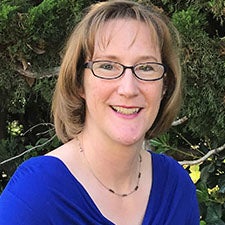
Heather Stringer
Freelance author and editor
Heather Stringer is a freelance health and science journalist based in San Jose. She studied civil engineering at Stanford University and started her journalism career at a daily newspaper in Fremont. Heather began covering health care as a staff writer and editor at a nursing magazine and launched her freelancing career in 2003. Her work has been published in Scientific American, Monitor on Psychology, Cure, Proto, and Nurse.com.

José Luis Villegas
Independent photojournalist
José Luis Villegas is a freelance photojournalist based in Sacramento, California, where he does editorial and commercial work. He has coauthored three books on Latino/x baseball. His work appears in the Ken Burns documentary The 10th Inning and in the ¡Pleibol! exhibition that debuted at the Smithsonian Institution’s National Museum of American History and has been appearing at museums around the country.
Villegas’s work has been exhibited at the Museum of Fine Arts-Houston; the Baseball Hall of Fame in Cooperstown, New York; and at the Oakland Museum of California. Villegas also works as a medical photographer at Shriners Hospital in Sacramento.

